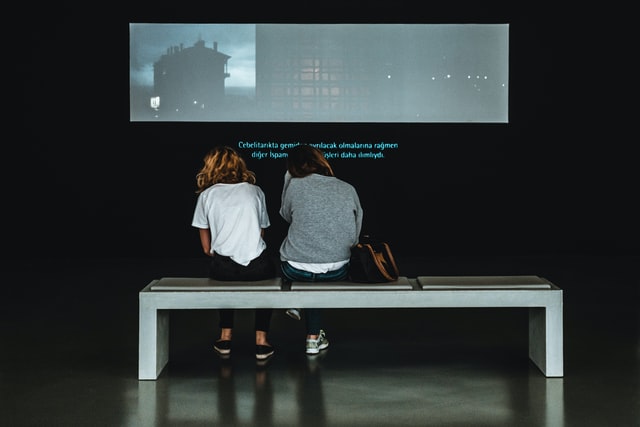Simultaneous interpreters are absolutely essential for different types of international meetings. They can be used in meetings of all kinds, such as institutional, political, or business contexts; or for conferences in industries such as medicine. They ensure that all participants can follow what is being said at all times. In this post, we will examine the simultaneous interpreter role and what sort of person is best suited for this type of work.
Key Elements of Simultaneous Interpreting
Simultaneous interpreters sometimes work in soundproof booths during large meetings. If you’ve ever seen images of meetings in places such as the European Union, the United Nations, or other international organizations, you may have noticed that every attendee has a small device in their ear. This is because there are simultaneous interpreters in booths, separated from the meeting, that are translating the speeches from one language to another.
The two most important aspects of their work are speed and reliability. Interpreters should strive for a fluid dialogue with no errors that could affect the understanding of the conversation. Because of this, interpreters must be highly-trained professionals with specific credentials. They have to pick up on changes in register and tone in what they hear, and then transform the ideas into another language in just a few seconds.
How useful are these interpreters? They are generally used during in-person international meetings with two or more attendees. If your company is meeting with some French associates, it would be helpful to hire a simultaneous interpreter who could create a fluid dialogue between you. They can help you optimize your time and avoid errors.
Why should you choose a native interpreter?
Nowadays there are many automatic translation platforms and systems. This begs the question: why should you, then, invest in a human interpreter who is a native speaker ? The answer is very obvious. These types of meetings are not usually simple formalities or casual meet-ups to pass the time. In general, their purpose is to put different parties in agreement about a particular issue. They are necessary for making progress on projects or sharing knowledge, in the case of industry expert meetings.
The goal of these meetings should be to foster excellent communication between the parties involved. This is only possible if there is sufficient investment in specialized interpreters. The people that make the best interpreters have a native-level of linguistic knowledge, which means they can work faster and more effectively. A native interpreter is not just an expense; they’re an investment.
In short, simultaneous interpreters are some of the most important professionals in the translation industry. If you are going to participate in international conferences and meetings and you want to be sure that they go well, don’t hesitate–look for this type of language professional. At blarlo, we have the team you need! We’d be delighted to help you!






